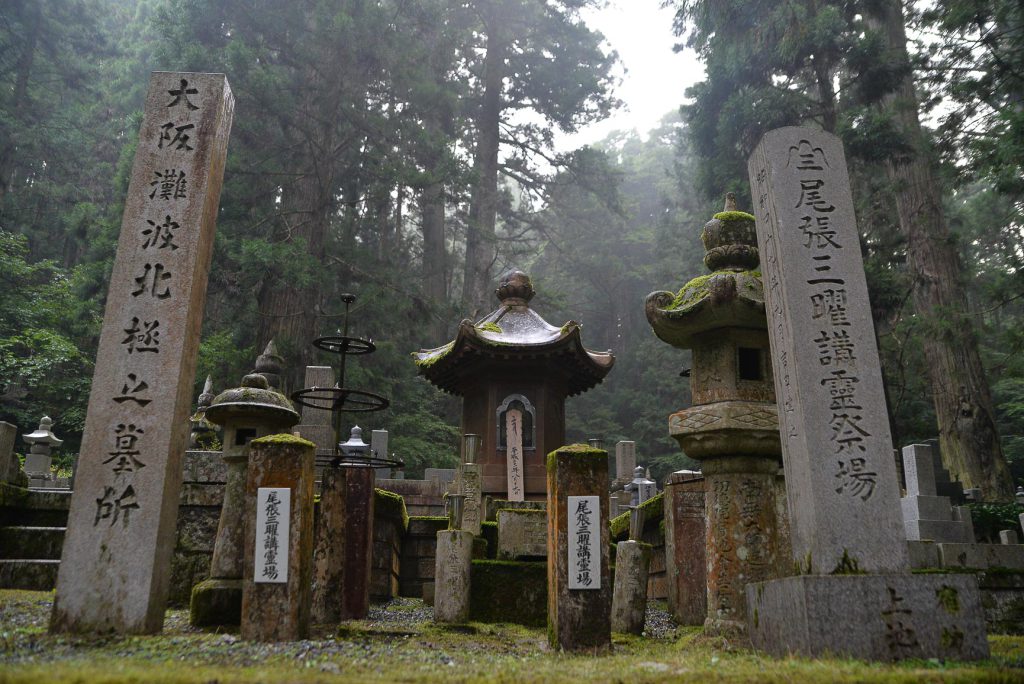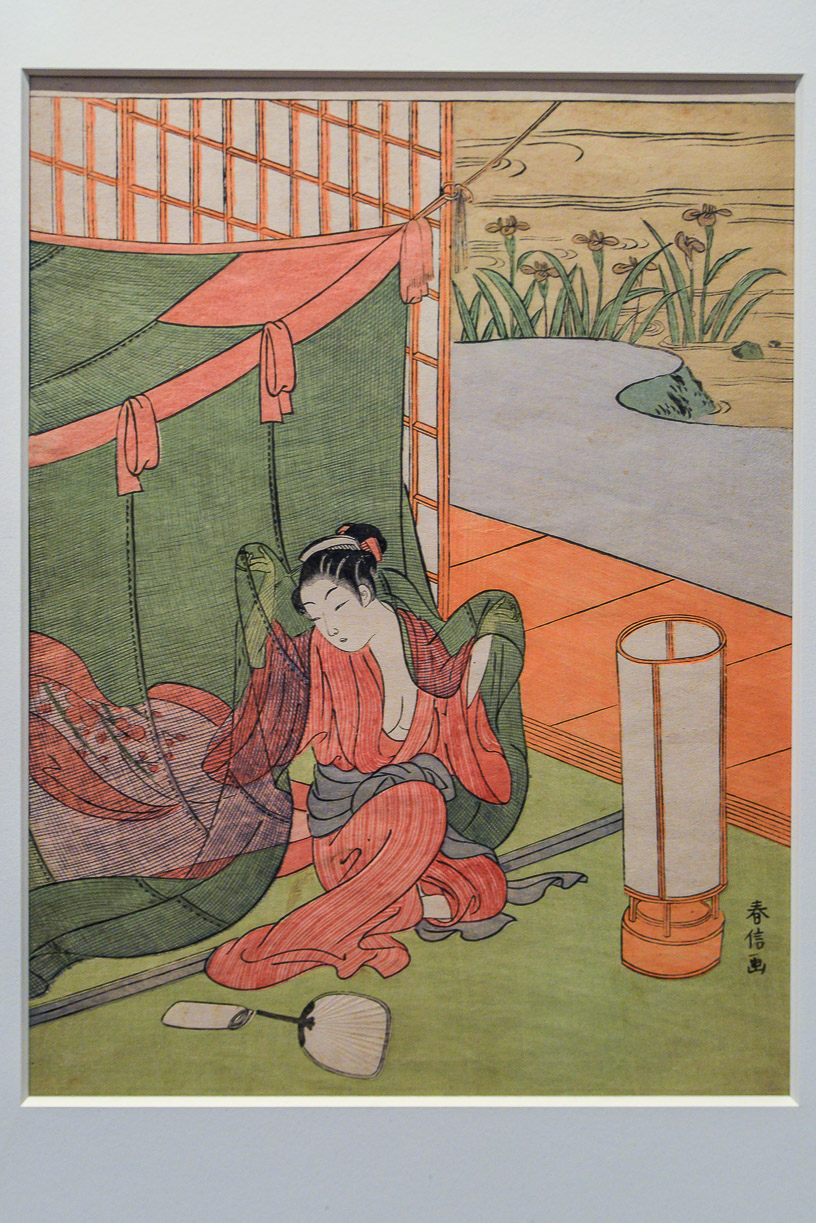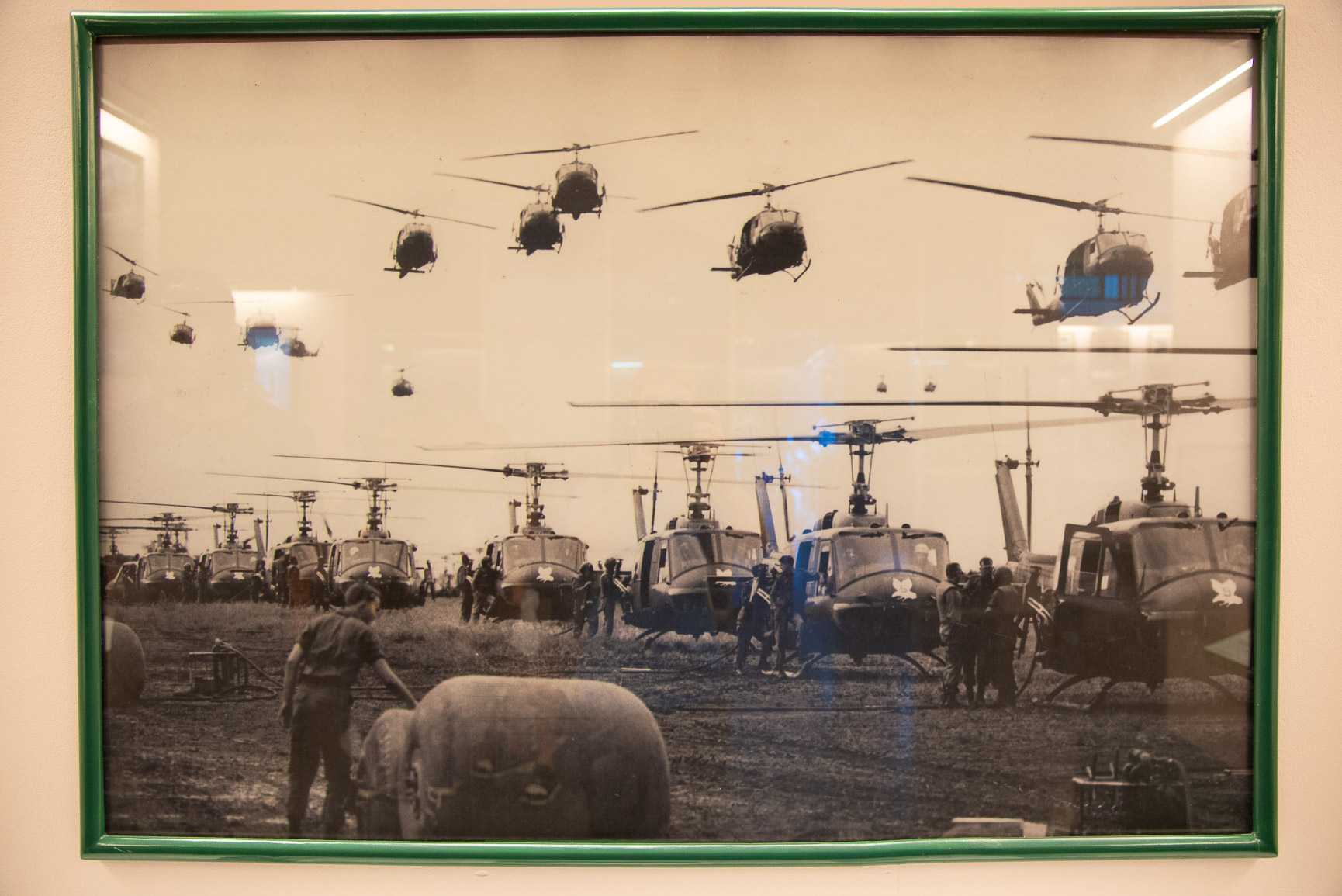In the Footsteps of the Samurai: Between Legend and Legacy
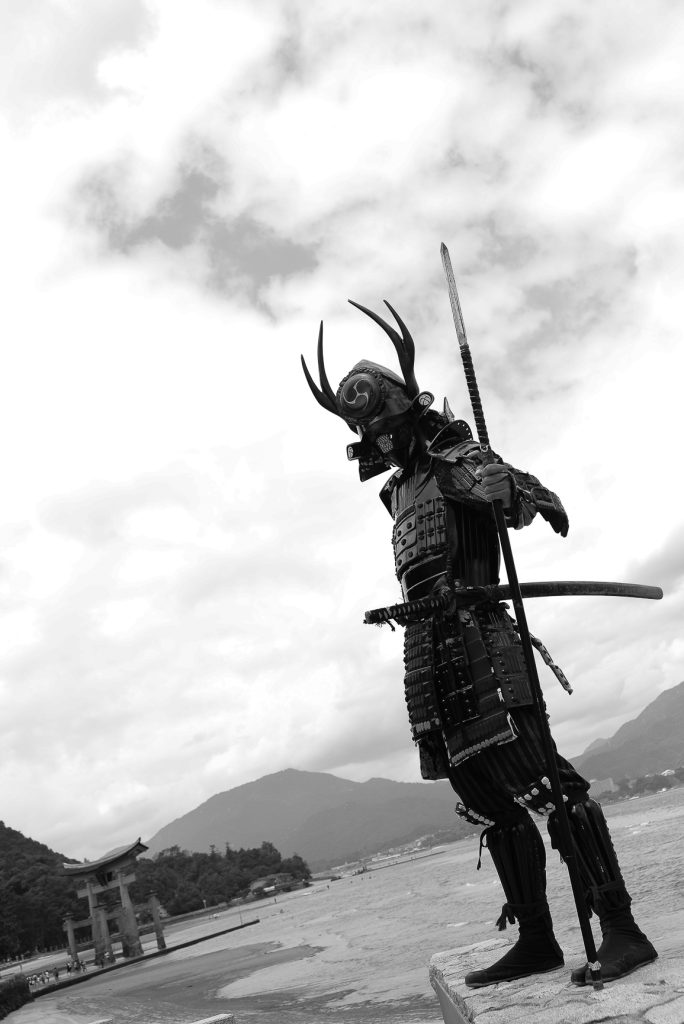
For many travelers, Japan evokes images of cherry blossoms, Shinto shrines, and neon-lit cities. But if one figure has come to symbolize both the discipline and mystique of Japanese history, it’s the samurai, warrior-poets whose swords were often matched by their study of literature, Zen, and ceremony.
But who were the samurai really? And where can modern wanderers trace their stories?
The Origins of the Samurai
The samurai class emerged during the Heian period (794–1185) as provincial warriors in service to powerful landowners. Over the centuries, they evolved into the dominant military and political force in Japan. By the time of the Kamakura shogunate (1185–1333), the samurai had developed a strict code of ethics—bushidō—influenced by Confucianism, Zen Buddhism, and Shinto beliefs.
This wasn’t merely a code for combat, but a guide to living: loyalty, honor, restraint, and the embrace of impermanence. “Zen and the sword go hand in hand. To strike is not enough, you must see into the soul”.
— Attributed to Takuan Sōhō, Zen master and advisor to swordsmen
It may surprise modern readers, but many samurai were also scholars and monks. Zen Buddhism played a major role in the spiritual education of warriors. Temples like Daitoku-ji in Kyoto served as training grounds not just for meditation, but for rituals such as the tea ceremony, which emphasized presence, humility, and mastery—mirroring martial practice.
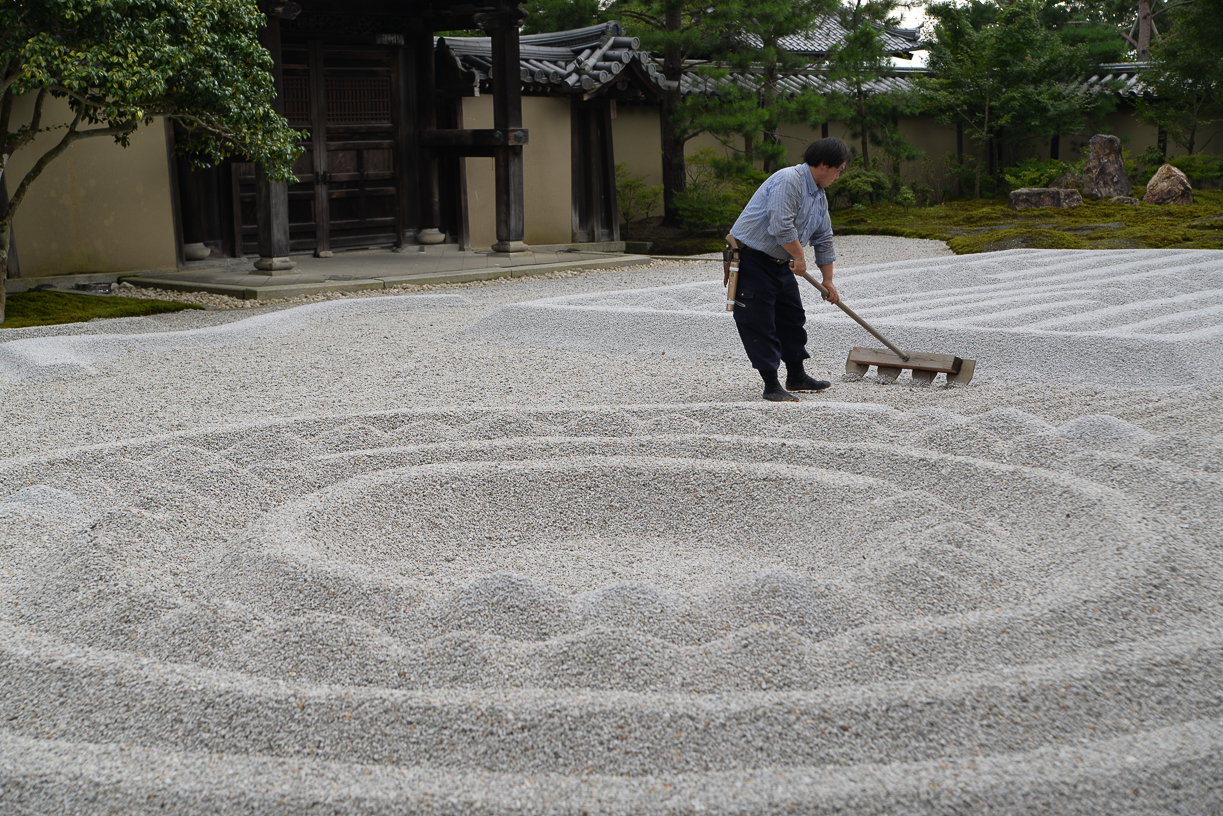
Walking Their Path: Places to Follow the Samurai
Kamakura – The Birthplace of the Warrior Government
Visit the Tsurugaoka Hachimangū Shrine, dedicated to the god of war and patron of the Minamoto clan. In 1192, Minamoto no Yoritomo declared himself the first shogun of Japan, offering for the first time a real alternative to the emperor’s authority. Technically, the emperor was superior to the shogun, but in reality, the situation was reversed, whoever controlled the strongest army also controlled the state.
Matsumoto – Castle of the Black Crow
One of the most stunning samurai castles still standing, Matsumoto-jō is nicknamed the “Crow Castle” for its black façade. Built in the 16th century, it reflects the feudal militarism and elegance of the late Sengoku period. The steep, narrow staircases and moon-viewing tower offer insight into both defence and refinement—key values of the samurai ethos.
“When you attain the way of strategy, there will not be one thing you cannot see.”
— Miyamoto Musashi
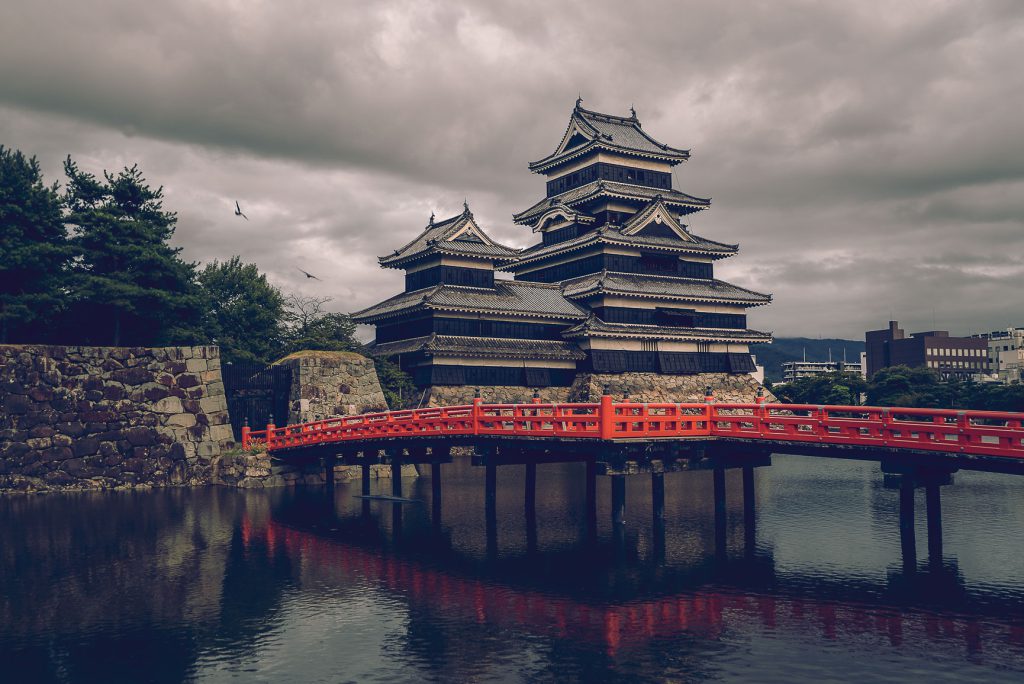
Sekigahara – Where History Turned
Site of the decisive Battle of Sekigahara (1600), which led to the Tokugawa shogunate. Today, markers and museums dot the battlefield, allowing visitors to retrace the strategic moves of the samurai generals.
Osaka Castle- A white pearl
Built by Toyotomi Hideyoshi, marks the last great stand of the samurai during the Siege of Osaka (1614–1615). Today, the reconstructed keep houses a museum detailing the battles, armor, and strategies of one of Japan’s greatest military leaders.
“A warrior accepts his fate, whether victory or ruin.” — From the Osaka Summer Campaign chronicles
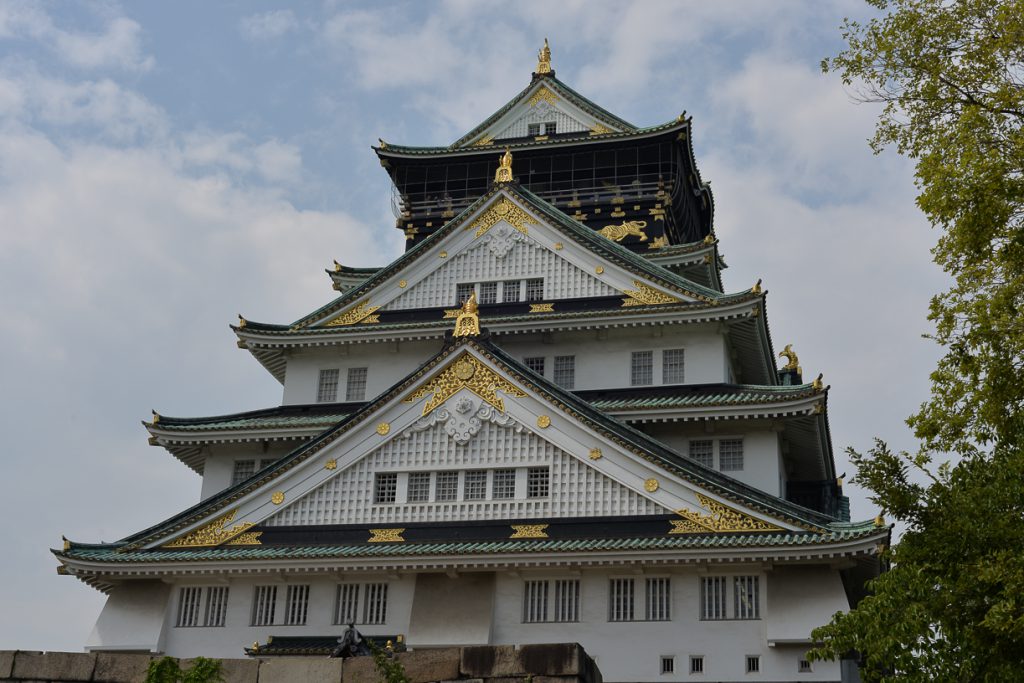
Kōyasan – Monks and Warriors. Here, the sacred meets the martial. Many samurai retired to Kōyasan to live out their final years in penance or prayer. In Okunoin Cemetery, tombstones belonging to Daimyo and samurai families lie beneath towering cedars. Sleeping in a shukubō (temple lodging), you touch the quieter half of the samurai soul, the pursuit of inner clarity and harmony.
“Zen and the sword go hand in hand.” — Takuan Sōhō, Zen master and advisor to swordsmen
